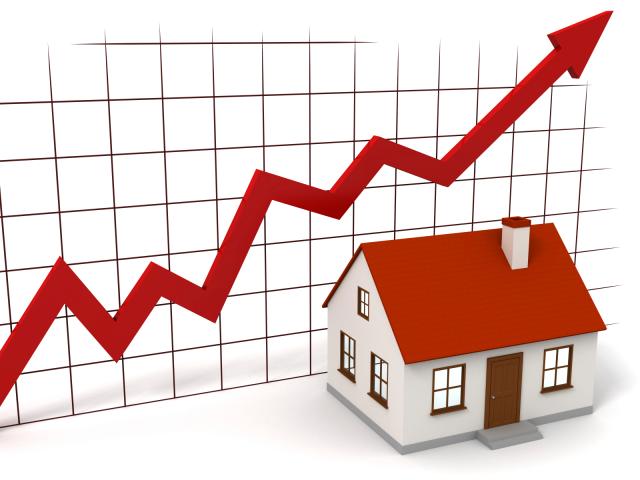The Indian real estate sector is a cornerstone of the nation’s economic strength, encompassing residential and commercial properties, retail spaces, industrial zones, and crucial infrastructure development. Its significant contribution to India’s GDP makes it a prime driver of the country’s growth trajectory.
Real Estate Poised for Exponential Growth
A new report from the Confederation of Real Estate Developers’ Association (CREDAI) paints a positive image. The real estate sector is projected to reach a market size of $1.3 trillion (a whopping 13.8% of the projected GDP) by FY 2034. This growth is expected to accelerate further, reaching a staggering $5.17 trillion (17.5% of the projected GDP) by 2047. Additionally, the report forecasts a surge in housing demand, anticipating a need for 7 crore additional units by 2030.
Industry Experts Voice Optimism
Industry leaders resonate with the report’s optimistic outlook. Manoj Gaur, President of CREDAI-NCR, emphasizes the sector’s potential as the “primary economic pillar” of India. He highlights regions like Delhi-NCR, witnessing a 3% rise in housing sales and emerging as a major realty hub, contributing significantly to the national growth story.
Real Estate’s Multifaceted Impact
The positive influence of real estate extends beyond just GDP. It significantly impacts various macroeconomic indicators, including employment generation, government and banking revenue streams, and even a rise in per capita income. Experts believe real estate will continue to play a pivotal role as India strives to become a $5 trillion economy.
Residential and Commercial Segments: Powering the Economy
Currently, the Indian real estate market stands at a value of ₹24 lakh crore, with an 80/20 split between residential and commercial segments respectively. The residential sector is a major driver of the construction industry, stimulating infrastructural development like roads, utilities, schools, and other essential amenities. This, in turn, fuels economic activity across the nation. Ankush Kaul, Chief Business Officer of Ambience Group, cites Gurgaon as a prime example of how improved infrastructure enhances lifestyles and bolsters economic activities in surrounding areas.
Commercial Real Estate: Fostering Business and Job Creation
The commercial real estate segment encompasses large-scale infrastructure projects like office buildings, shopping malls, hotels, and industrial parks. These developments generate a multitude of jobs in construction, architecture, property management, and various other sectors. Cities with a robust commercial real estate landscape attract both domestic and foreign businesses, fostering business expansion and propelling national productivity. Noida exemplifies this trend, transforming into a thriving hub brimming with commercial spaces.
As businesses flourish in the region, they contribute significantly to India’s GDP and revenue generation.
A Look at Housing Demand Trends
The CREDAI report also reveals interesting insights into housing demand. Currently, over 61% of the available residential properties are priced above ₹45 lakh.
This trend is expected to continue, with over 87.4% of the anticipated housing demand by 2030 projected to be for units priced above this range.
Real Estate: Building a ‘Viksit Bharat’ (Developed India)
Pawan Sharma, MD of Trisol RED, aptly summarizes the real estate sector’s contribution: “Both residential and commercial segments significantly contribute to India’s GDP growth by boosting economic activity, creating jobs, Enabling wealth generation while also promoting infrastructure development and financial markets. CREDAI’s estimates shed light on the crucial role this sector plays in propelling the country towards becoming a ‘Viksit Bharat’.”























